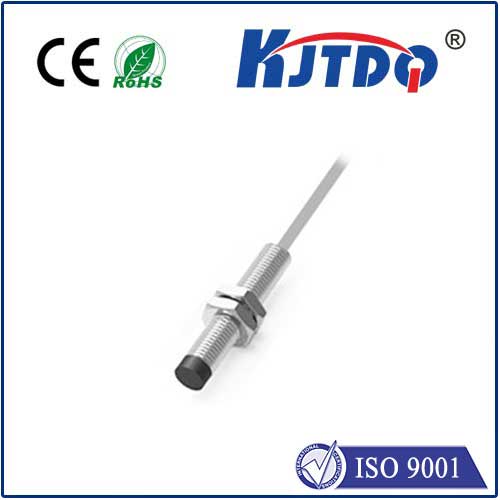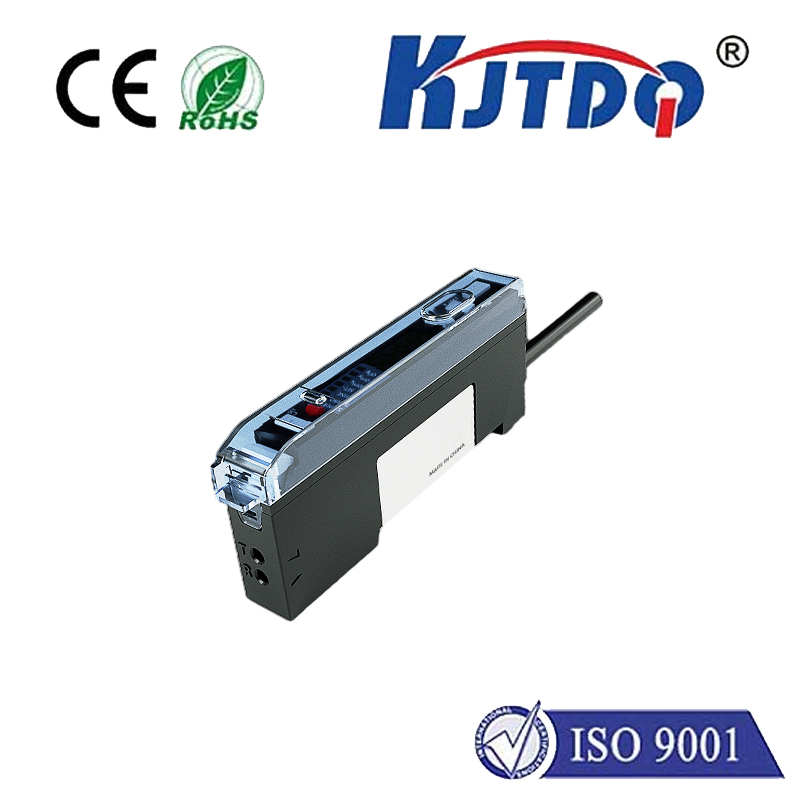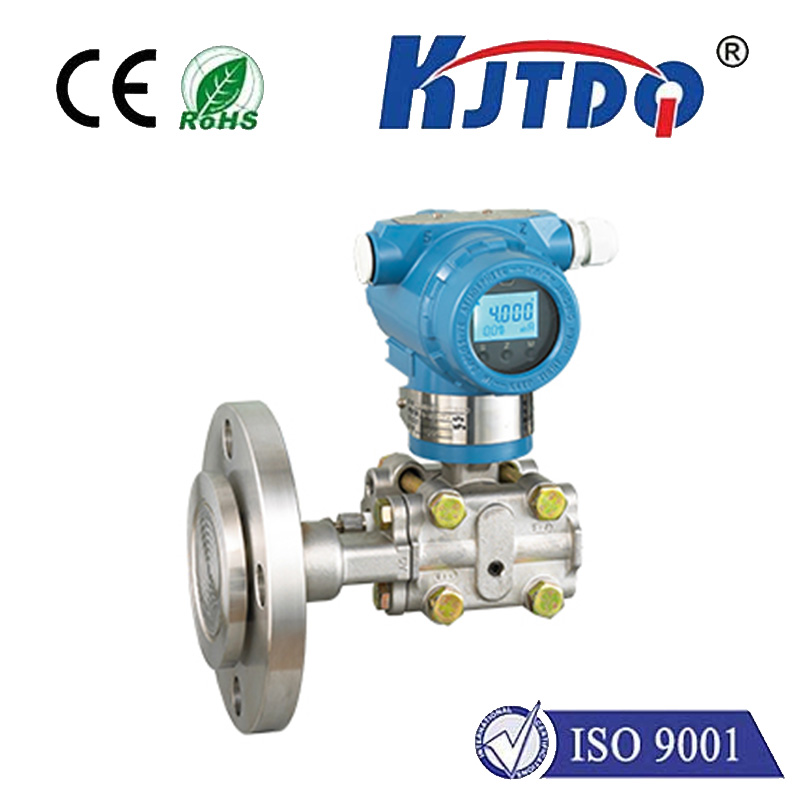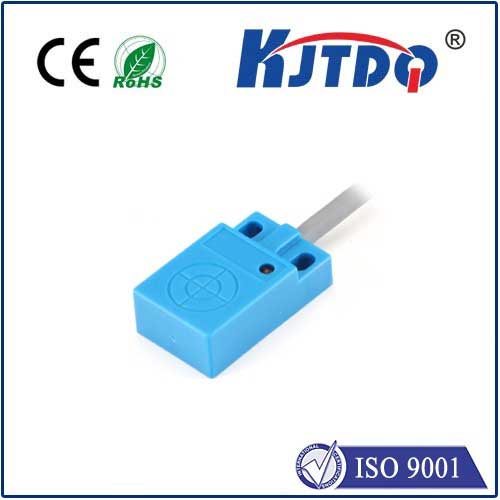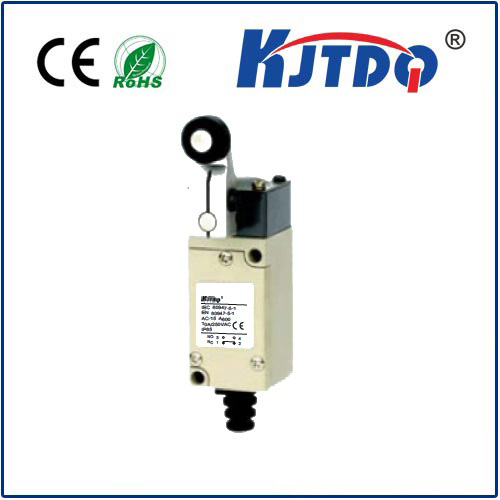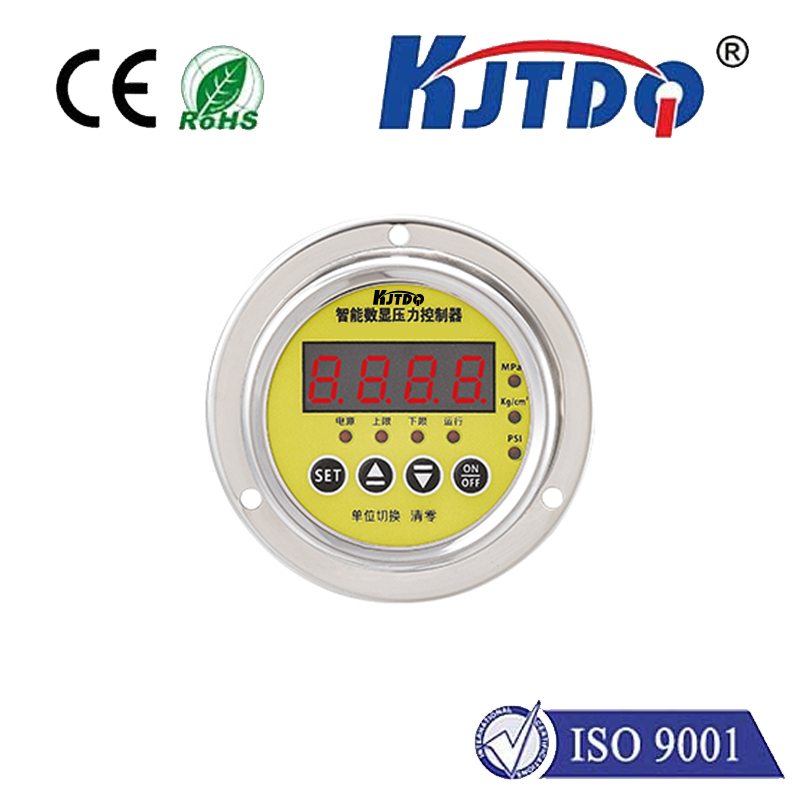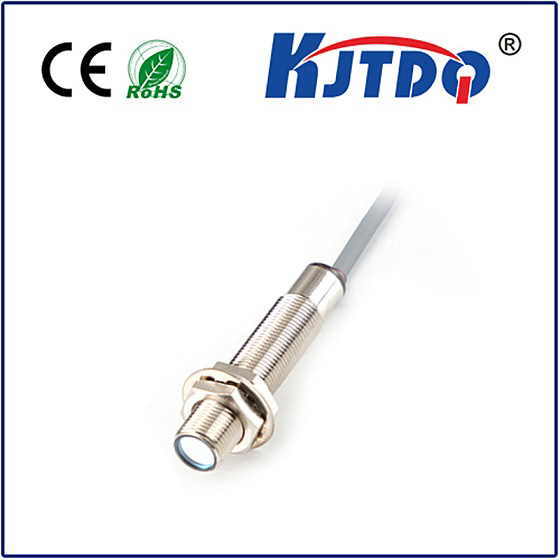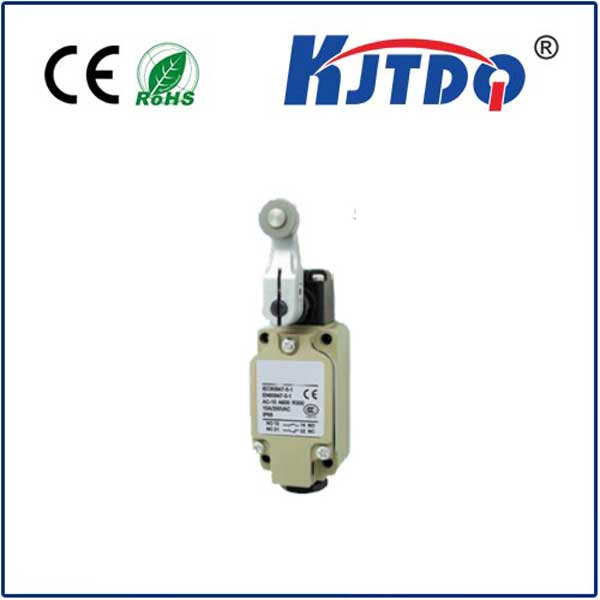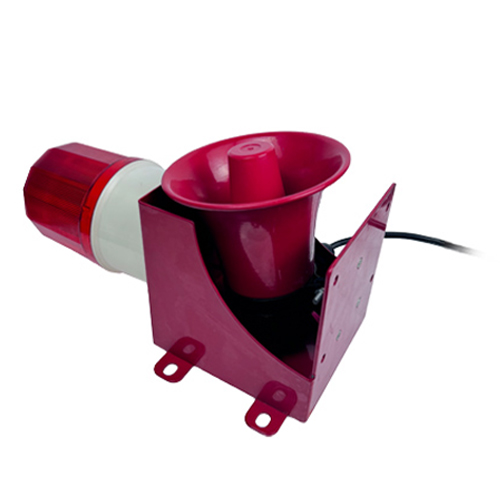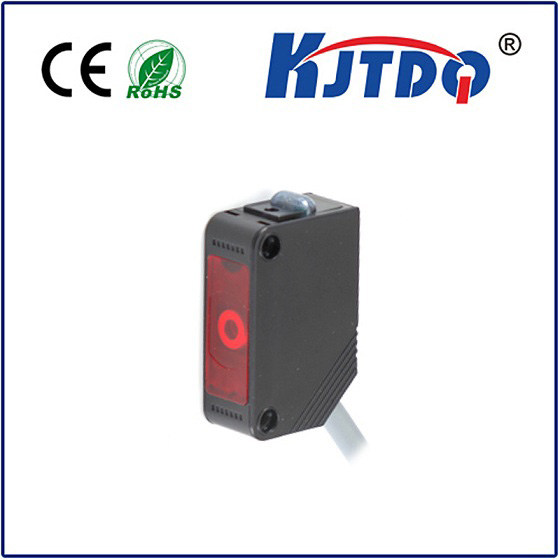

check

check

check

check
The PNP NC proximity sensor is a type of sensor that has gained significant attention in recent years due to its unique working principle and versatile applications. In this article, we will provide an overview of PNP NC sensors, discussing their structure, operation, and practical applications in various industries.
PNP-Controlled Non-Inverting Voltage Passive (PNP-NVC) Sensors
The core concept behind a PNP NC sensor is based on the use of a photodiode and aPN transistor. The photodiode detects when an object is present in close proximity, generating a small amount of current that flows through the transistor. This current flow causes the transistor's collector voltage to change, which can be used to measure the distance between the object and the sensor.
The PNP transistor in a PNP NC sensor is configured as a non-inverting circuit with a positive input terminal (P) connected to the base of the transistor, and a negative input terminal (N) connected to ground. When no object is present in proximity, the photodiode does not emit any light, causing no current to flow through the transistor. As an object approaches, the photodiode begins to emit light, which activates the transistor and changes its collector voltage accordingly.
Working Principles and Applications of PNP NC Sensors
The working principles outlined above make PNP NC sensors highly sensitive and accurate, allowing them to detect distances ranging from a few millimeters up to several meters depending on the sensor's design and operating conditions. Some common applications of PNP NC sensors include:
1. Proximity sensing: These sensors are widely used in proximity sensing systems for detecting objects in real-time, such as door access controls, motion detectors, and automated parking systems.
2. Robot navigation: PNP NC sensors are essential components in robot navigation systems because they enable robots to sense their surroundings and navigate efficiently. For example, these sensors can help robots avoid obstacles and maintain a safe distance from people or other objects.
3. Automotive safety: PNP NC sensors are also used in automotive safety systems to detect pedestrians or other vehicles in front of the vehicle, helping drivers to avoid collisions.
4. Industrial automation: These sensors are commonly used in industrial automation systems to monitor the presence of personnel, prevent workplace accidents, and optimize production processes.
Conclusion
In summary, PNP NC proximity sensors offer a unique combination of high sensitivity, accuracy, and reliability that makes them indispensable in various fields. Their ability to detect objects in close proximity and respond accordingly has numerous applications in areas such as robotics, automotive safety, industrial automation, and beyond. As research continues to improve their performance and reduce their size, it is likely that PNP NC sensors will become even more prevalent in our daily lives.
